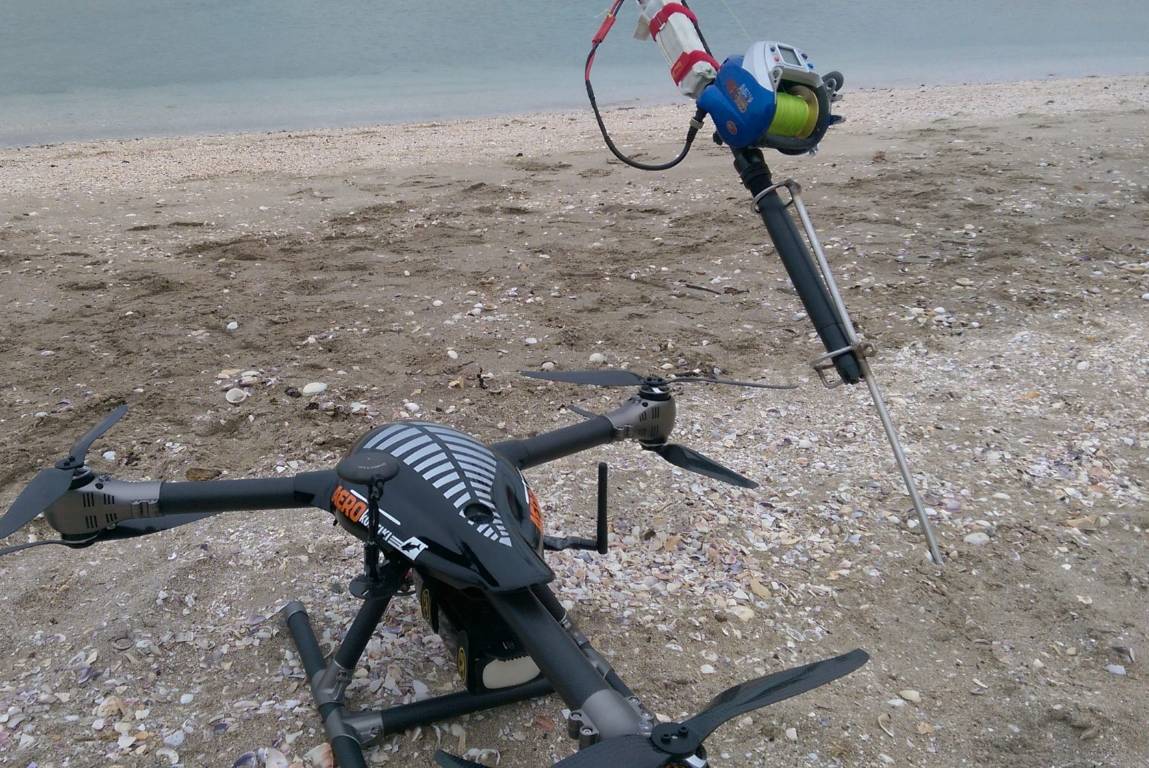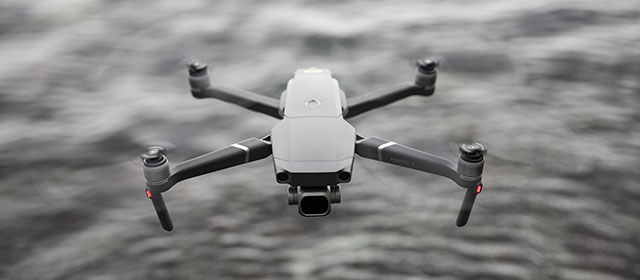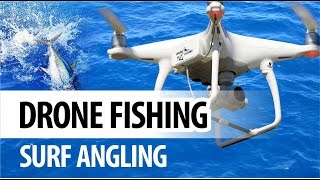
We will be looking at the basics and how to use a drone fishing rig. We'll also look at what to pay attention to when choosing your drone, battery life, and payload. We'll then discuss ways to get the best out of your drone. Keep reading to learn more. You'll soon own the drone you desire! Let's go !... and maybe catch some fish!
Basic drone fishing rig
A good set of hooks is the most important thing when you want to begin drone fishing. The fishing line should be doubled and should be mono or braid. It should be tied with a Cat's Paw Loop, Uni knot or Uni knot. You will also need a sinker (between two and eight ounces), and hooks to attach to every second section of the backbone. Finally, attach the lead loop of your snap swivel to your drone.
There are many ways to create a fishing drone. A basic one involves attaching a hook to the landing gear of the drone and spinning it until the line releases. A dropper to keep your fishing line under the drone is another option. The dropper lets you keep the main line down below the drone and not get tangled with the propellers. A dock and battery pack can also be added to the fishing drones.
After you have purchased the drone fishing rig you will need additional equipment. A fishing line that is approximately 700m long, as well as a bait-dropping apparatus are required. These are optional but can make your drone fishing experience even more enjoyable. A drone will provide you with a clearer view and make it easier to spot fish.

Payload on drone fishing gear
You need to know the safety precautions that must be taken if you plan to catch a fish with a drone. It is not a good idea to fly your drone in heavy winds or rain. Here are some steps to follow:
First, ensure that the drone has enough weight to support its weight. If you load it with heavy lures and braided line, it will not be stable. Also, if you're fishing at a seaside location, the wind may blow the drone off its course. It's also important to check local regulations and laws, as some may not allow fishing from a drone. You need to ensure that your drone is strong enough to carry you when you go fishing.
Next, decide what accessories you will mount on your drone. To minimize the problems of weight distribution, it's a good rule to use a rigging that has a central connection point. The motor struts and landing gear are the best points for attachment. It is important to avoid attaching any payload to the camera and gimbal because these can damage them. One simple solution is to tie a length fishing line from one end to the other. This can be secured with tape to prevent it from falling out.
The battery life of drone fishing rigs
Before going out fishing with your drone, be sure to check the batteries and the other gear. This will allow you and your drone to have a longer battery life. Some drones can be charged with car batteries or solar panels. Start out by having fully charged batteries. This will ensure your drone is ready for flight as soon as your reach your fishing spot.

The drone's flight time is another important aspect to consider. Although some drones have longer flight times, others can fly for as little as twenty-two seconds. This is great for those who want to spend hours out on the water with their drone. But you should be aware that a drone with limited endurance will be inoperable and will make it nearly impossible for you to catch fish.
Once you've set up your fishing gear, attach the line clip to your drone's legs, or to your motor struts. Next, attach the bait line to the fishing line. Lock the reel when you are ready for the drone to fly. The tension will build when you pull the line out and let the drone drop the bait into the water. It is important to charge your battery before each use or the drone may stop working properly.
FAQ
What is the law about drones flying on private property?
New rules were recently published by the FAA regarding commercial drone flights. These rules apply only to UAVs weighing less than 55 pounds and flying below 400 feet above ground level. Commercial operators must register with FAA to receive a license. When operating in restricted areas or near airports, they will need to obtain permission from the local authorities.
What US states do drones are legal in?
Legally, you can operate a drone to perform hobby tasks. The Federal Aviation Administration has created guidelines to allow small unmanned aircraft system (UAS) use. These UASs must first be registered with FAA to be allowed to be flown. If certain conditions are met the FAA will allow commercial operators to fly these drones.
Is it legal to fly a drone in the United States?
Yes, it is illegal to fly drones in some countries like Australia, Canada and New Zealand. It is however legal in many other countries such as France.
Do I need to be able to fly a drone without special training?
No, you don't need special training to fly your drone. You will only need a remote control unit, and some knowledge about flight mechanics.
Statistics
- According to ZipRecruiter, the minimum hourly wage of drone pilots is $20. (thedroneu.com)
- Research and Markets predict a growth rate of 51.1% over the next five years. (thedroneu.com)
- According to industry research from ZipRecruiter , there are 10 cities where the typical salary for a Drone Pilot job is above the national average. (dronesgator.com)
External Links
How To
How To Fly Drones For Beginners
A drone is a remotely-controlled aircraft that is used for aerial photography and surveillance. The technology behind drones has been around since World War II. DJI's Phantom quadcopters became commercially available in 2010. Many types of drones have been made available since then, from beginner-friendly models such as the Parrot AR Drone 2.0, to high-end multi-rotor craft such as the DJI Mavic Pro.
There are many ways to fly a drone.
-
Remote control: This uses a remote control device that attaches to your hand and allows you control the drone along its flight path. There are two main types: Joysticks (like a radio), and On/Off switches (like an alarm clock).
-
Manual Control- This allows you to control your drone remotely via GPS coordinates. You must keep track of the location where you want the drone to go and follow the instructions from the app.
-
Autonomous Flying - This allows the drone to take over all of the piloting duties. It allows the drone to fly independently without any human intervention. It must have a builtin camera, sensors capable of taking images and data to enable autonomous flight.
-
Triggered Flight – This method is very similar to manual flight. The pilot creates a route that the drone will follow until it reaches the destination. After the program is complete, the drone automatically returns to the ground.
-
Landing Gear: Some drones have landing gear that allows them safely to land in case they lose power or run low on battery.
-
Goggles – Pilots often wear goggles while flying to keep themselves safe from any debris.
-
Camera - Some drones are equipped with cameras allowing you to capture photos and videos from above.
-
Obstacles – Some drones have obstacle avoidance systems that stop them from colliding with obstacles.
-
Speed - Some drones reach speeds exceeding 40 mph.
-
Battery Life - Most drones last between 20 and 3 hours depending on how much power they have.
-
Range - Depending on the model, some drones can travel up to 30 miles away.
-
Power source: Some drones will require an external power source while others can be powered by internal batteries.
-
Weight - Some drones can be as light as 1 pound while others can reach 4 pounds.
-
Size - Drones come in many sizes, from small gadgets that fit in one's hands to large craft that weigh more than 50 lbs.
-
Price - Drones come in a variety of price categories, including high-end models which can run into the thousands and low-cost options that can start at $100.